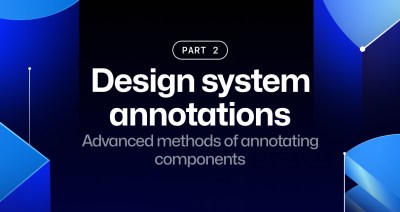Building GitHub: introduction
An introduction to our blog series on GitHub’s investments in technical excellence.

Here at GitHub, we pride ourselves on providing a first-class developer experience to you, our customers. We’re developers, too, and we love that the features that we build for GitHub.com make your day easier — and make ours easier, too. We also know that the more we invest in the infrastructure and tooling that powers GitHub, the faster we can deliver those features, and we’ll have a more delightful experience to boot.
In addition to investing in the infrastructure, we also want to shine a light on all the hard work we do behind the scenes to make GitHub better, specifically focusing on our internal development tooling and infrastructure. And, today, we’re excited to introduce the Building GitHub blog series, providing deep-dives on how teams across the engineering organization have been banding together to identify and address opportunities that would provide us an even smoother internal development experience, up our technical excellence, and improve system reliability in the process. From running the latest and greatest Ruby version, to dramatically decreasing our application boot time, to smoother and more reliable progressive deploys, these efforts paid off greatly and decreased our cycle times.
To help frame our efforts for potential investments, we revisited the Four Key Metrics of high performing software delivery, as our very own Dr. Nicole Forsgren found in her research and outlined by DevOps Research and Assessment. These include:
- Deploy Frequency. How frequently is the team deploying?
- Lead Time for Changes. How long does it take to get code successfully running in production?
- Time to Restore Service. How long does it take to recover from an incident?
- Change Fail Rate. What percentage of changes to production result in degraded service?
Ideally, any investment we make in our development tooling would move the needle in at least one of these areas. We’ve had teams across the organization join together to tackle these, sometimes diving into areas of our internal systems that they weren’t previously familiar with. This approach provides the opportunity to explore new solutions, and collaborate cross-team and cross-discipline. The excitement of engineers involved in each of these efforts is palpable — not only are we thrilled when we notice a dramatic shift in boot time or introduce new tooling that makes monitoring and debugging even easier, but teams enjoy working more closely with engineers in other parts of the org.
Continue reading along with us in the Building GitHub blog series, where we’ll share specific goals and lessons, the impact of our work, and how we did it. To continue this journey, we’ll start the series with a deep dive on faster CI and we hope to share more soon.
Written by
Related posts

How GitHub engineers tackle platform problems
Our best practices for quickly identifying, resolving, and preventing issues at scale.

GitHub Issues search now supports nested queries and boolean operators: Here’s how we (re)built it
Plus, considerations in updating one of GitHub’s oldest and most heavily used features.

Design system annotations, part 2: Advanced methods of annotating components
How to build custom annotations for your design system components or use Figma’s Code Connect to help capture important accessibility details before development.